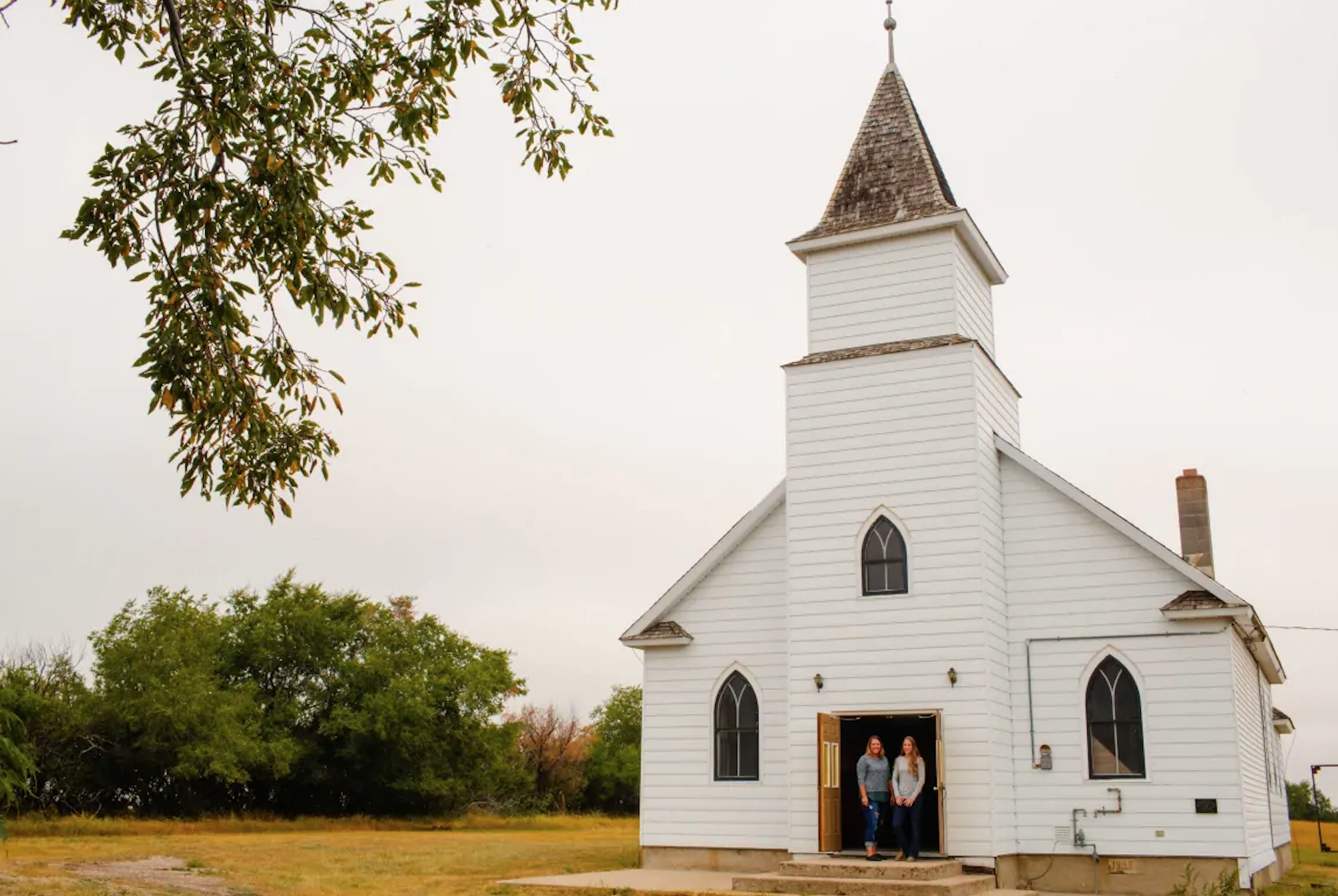
Restricted Charitable Bequests
One the biggest trends in philanthropy of the last thirty-years is the rise of donor-directed or restricted giving. Donors want more control, which typically results in more restrictions being placed on gifts. But there are risks of placing restrictions on a charitable gift by will.

The Decline of Churches
Organized religion has been the bedrock of the Canadian charitable sector. When charities were first required to register federally in 1967, over 60% of organizations were religious and most were churches. As of January 2022, Christian charities represent just 29.7% of Canada’s 86,080 registered charities. The implications for society, giving, and estate planning are significant.

Charitable Prizes
When Lindbergh flew from New York to Paris in 1927, it was inspired by the $25,000 Orteig Prize. Also in the 1920s, when the International Math Union wanted to honour under 40-year-old rising mathematicians, Toronto math superstar J.C. Fields (under)funded a medal that has been awarded ever since.

Charities Lawyers Don’t Recommend
I recently spoke to an estate lawyer who told me she would never recommend certain charities to clients. Why? Because of the way these charities treated estate trustees. Some charities are unduly litigious, grind on fees, and are obstreperous about releases.

Transparency vs. Anonymity
The calls for greater transparency by charities in Canada is growing. Budget 2022 had a few promises of more reporting requirements for registered charities related to donor advised funds and disbursement quota, although the exact measures are still unclear. What does this mean for the charitable tradition of anonymous giving?

Seven Faces of Philanthropy
The Seven Faces of Philanthropy: A New Approach to Cultivating Major Donors is an iconic American fundraising book published in 1994. In it authors Russ Allen Prince and Karen Maru File neatly categorize charitable profiles. While written for a fundraising audience, the book is a helpful reminder that charitable motivations are diverse. There is not a single way that donors approach philanthropy.

Legacy Alive: G.U Pope in Tamil Nadu
As a philanthropic advisor, I constantly discuss legacy with clients. Beyond a gift by will, a legacy transmits values, acts, and funds in a way that makes the world a bit better place. Quite unexpectedly, I recently found out my great-great grandfather, George Uglow Pope, left what I can only describe as palpable living legacy. I had to go to the south of India to discover it.

Philanthropic Ghosts
Some donors want their wishes understood and spirit felt long after they are gone. This impulse is part of a long tradition that has found expression in restricted gifts, charitable trusts and private foundations. It’s Halloween. Let’s review three approaches to philanthropic haunting.

Nobel Peace Prize’s Breach of Trust?
Norwegian lawyer Fredrik Heffermehl thinks the Nobel Foundation has blatantly ignored the intentions of Alfred Nobel for his namesake Peace Prize. Nobel’s will stipulated that the prize be awarded to the ”most worthy champions of peace”. Specifically it should go to “the person who shall have done the most or the best work for fraternity between nations, for the abolition or reduction of standing armies and for the holding and promotion of peace congresses.”

Charitable Gifts with Benefits
The common law of charity defines a gift as property that is “freely given without consideration”. That is, a transfer without any expectation of getting something back. It’s an ideal for giving, which often gets tattered and torn in the real world. It has always been so.

Approving Donor Recognition
Charities like to name things after donors. Simply, big gifts mean more prominent “naming opportunities”. Ontario’s Minister of Health recently issued a directive to hospitals stipulating that they can’t rename existing hospitals in recognition of donations. Is “naming” a risk for major donors? What are the estate planning implications?

Philanthropy is Personal; Fundraising is Social
There are two types of charitable giving: personal and social. Gifts that are part of the estate plan are typically a form of personal giving. By contrast, most traditional charity fundraising uses a social giving model. Both are equally important, but it is helpful to make the conceptual distinction when helping clients to include philanthropy in their estate plans.

The Sting of a Lost Inheritance
The rock star Sting recently announced that his six children will not receive his US$300 million estate. Although he was a bit vague about the ultimate destination he intimated it would be charity. We’ve seen versions of this story before. In the tradition of Warren Buffett — “I want to give my kids just enough so that they would feel that they could do anything, but not so much that they would feel like doing nothing” – Sting is challenging notions of entitlement and deploying his wealth for public good.

New Ways to Help Ukraine
The invasion of Ukraine by Russia has prompted many Canadians to ask, “how can I help?”. This war is different from previous international disasters and so is the response to it by ordinary caring citizens. New ways to help are shattering traditional charity norms.

Too Many Charities?
Does Canada have too many registered charities chasing too few dollars? This is a complaint that is often heard. There is simply too much competition and not enough entities with scale that are effective. Or so goes the narrative.

How to Build a Legacy
Creating a legacy is hardly a new goal, and each era of history is defined by a ruling philosophy or religion. Green’s guiding philosophy is secular and individualist. She is interested in living life with personal meaning, before it is too late.

A Statue in the Wrong Square
Bartolomeo Colleoni (1400-1475) was Lombardy-born general who served the Republic of Venice and Duchy of Milan in the 15th century wars on the Italian peninsula. A skilled mercenary, Colleoni was reputedly an evenhanded overlord who improved agricultural methods and was active in charity. Nonetheless, it was his will that secured his place in history.

Interview: How to make charitable giving part of your wealth plan (2021)
Interview for Scotiabank Perspectives. (December 2021)

Are Cause Funds a Great Charitable Equalizer?
These are the opening lines of a video that is part of the November launch of CanadaHelps.org new “Cause Funds” platform Unite for Change. https://uniteforchange.com/en/ There is urgency and emotion in the words and images. Judging from the faces, the audience for this new way of giving is young. The vision behind this new platform is just as bold: to address a crisis in Canadian charitable giving.

The Changes in Ordinary and Exceptional Donations
The majority of Canadians make annual donations to charity. These donations are done online, at the office, to places of worship, in response to a telemarketer, mail or social media appeal, or through a special event. This kind of “ordinary” giving is widespread, and so it creates a feeling of comfortable familiarity.